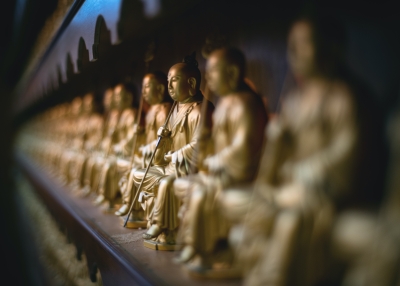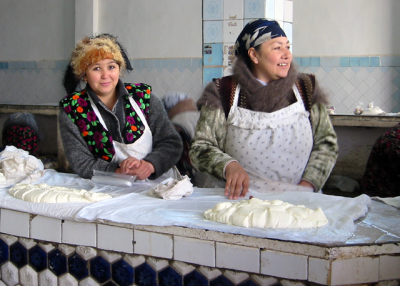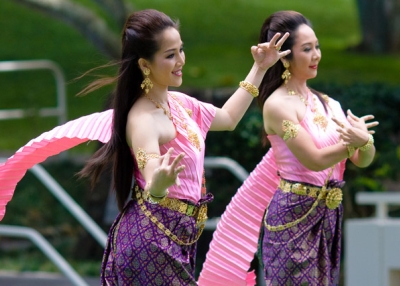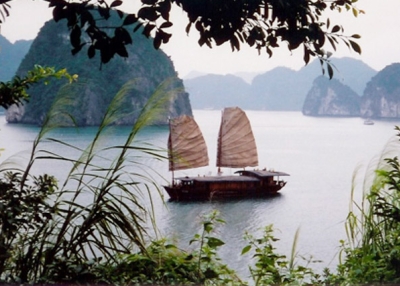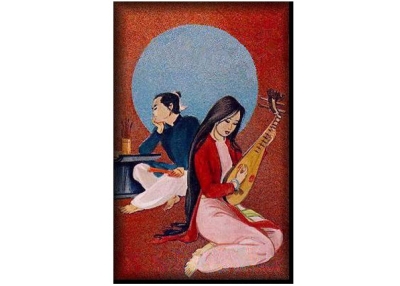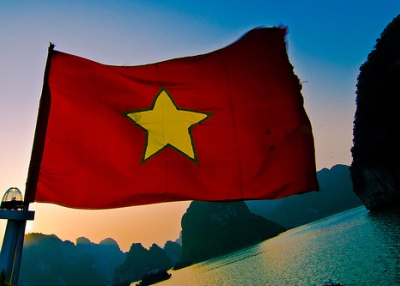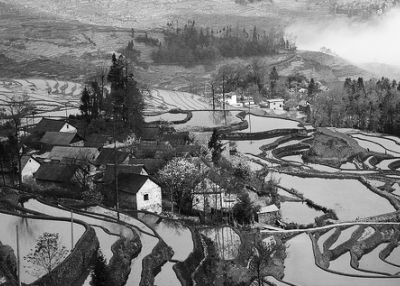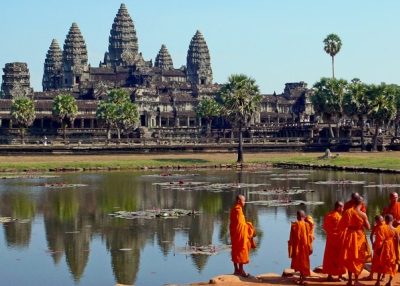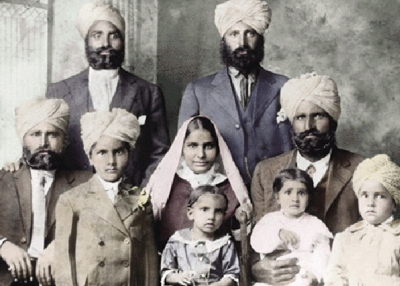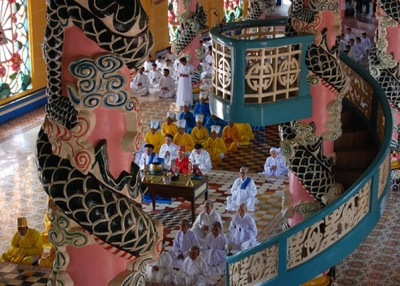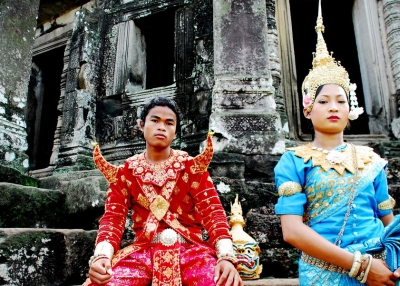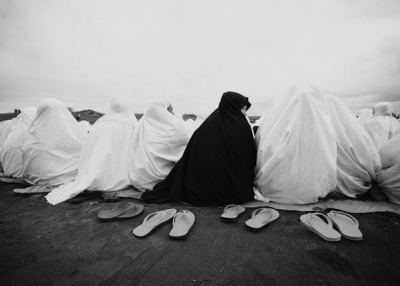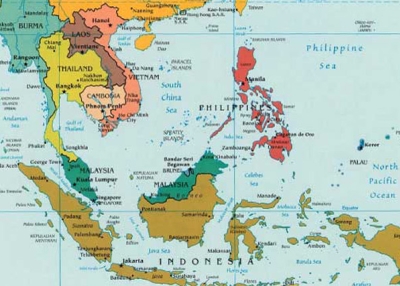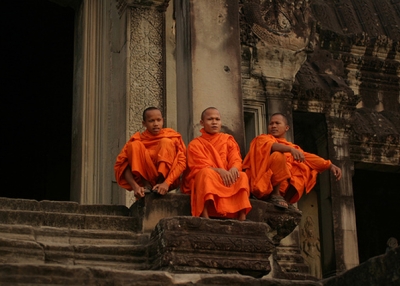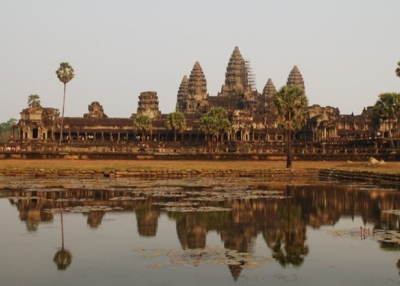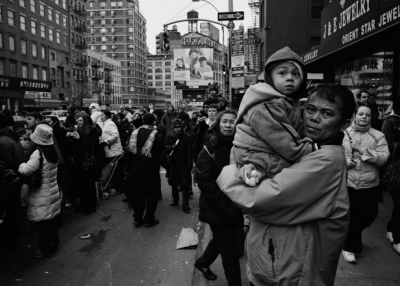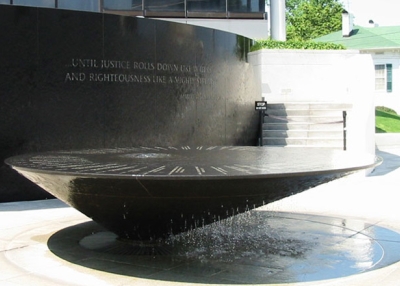Bahasa Indonesian
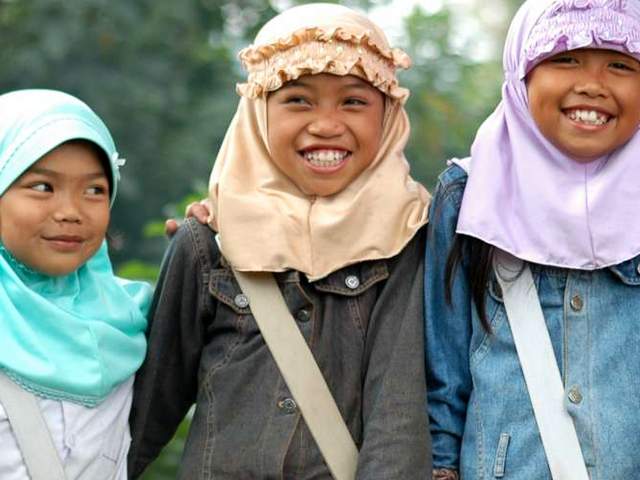
Indonesian is a form of Malay, spoken in Indonesia. The term “Indonesian” is political rather than linguistic, as Indonesian Malay (called Bahasa Indonesia in Indonesia) is virtually identical with Bahasa Melayu, another variety of Malay, as spoken in Malaysia, Singapore and Brunei. The term “Indonesian” was adopted in the beginning of the 20th century, as Indonesian became the national language of Indonesia.
There are about 35,000,000 first language speakers of Indonesian, and about over 150,000,000 second language speakers. Outside Indonesia, Indonesian is spoken in the Netherlands, Phillipines, Saudi Arabia, Singapore, and the US. (Source: http://www.lmp.ucla.edu/Profile.aspx?LangID=89&menu=004)
Bahasa Indonesian has been listed as a critical language by the American State Department since 9/11/2001 because of our strategic business and security interests in the Muslim world. Indonesia is the most populous nation of Southeast Asia (the fourth largest population in the world) and the most populous Muslim majority nation in the world. It is a resource and mineral rich nation. The bulk of its exports go to Japan and America. The American state department sees Indonesian prosperity and security as central to maintaining security in Southeast Asia. We work closely with the Indonesian government to promote democracy, develop the resource rich nation and prevent terrorism in Southeast Asia.
In 2007 the United States exported $4,235 million to Indonesia. This amount has increased by 432% since 1985. In 2007 the United States has imported $14,301 million in goods from Indonesia, an increase of 213% since 1985.
According to the 2000 census there are 46,698 Indonesian speakers in the United States. In 2006, 301 higher education students were studying Indonesian. There are no measurable amount of Indonesian language students in grades K-12.
Linguistic affiliation
Indonesian belongs to the Austronesian language family. The Austronesian language family is one of the largest linguistic families of the world. According to the most widely accepted classification of the Austronesian languages, Indonesian belongs to the Western branch of the Malayo-Polynesian group of the Austronesian family. According to Ethnologue, Indonesian is classified in the following way: Indonesian < Local Malay < Malayan < Malaic < Sundic < Western < Malayo-Polynesian < Austronesian. Related languages include Javanese, Madurese, and Sundanese.
Language variation
The dialectal differences among the speakers of Indonesian are insignificant, although there are some lexical differences between the two varieties of Malay, spoken in Indonesia on the one hand and Malaysia on the other hand. Indonesian Malay has been influenced to some extent by Javanese. Standard Indonesian pronunciation is based on the language of Jakarta.
Role in society
Indonesian is the official language of Indonesia. The standard dialect of Indonesia is that of the capital, Jakarta (island of Java). The Jakartan dialect has been influenced to some extent by Javanese and Sundanese, other two major languages of Indonesia. There is an 88.5% literacy rate.
History
It is believed that the homeland of Malay was in Sumatra (western Indonesia), and proto-Malay people came there shortly before the beginning of our era. The earliest texts, written in an archaic form of Malay, date back to the 7th century AD. These early texts (stone inscriptions) were written in the ancient Pallavi script, which evolved out of southern varieties of Indian Brahmi script. They were created in the early stages of the Srivijaya empire, a powerful Buddhist state, and one of the most powerful states and main cultural centers of that time. Its capital was Palembang, one of the largest cities of that time. In the course of time Srivijaya declined, and was succeeded by other empires, the most extensive of which was the one established by the successors of prince Vijaya, with the capital Majapahit. This empire underwent a major crisis in the middle of the 15th century, and gradually disintegrated. In the 15th century Indonesia adopted Islamic faith, and has been predominantly Islamic until the present day.
During the epoch of Srivijaya and other empires, Indonesia was an important trade center, and Malay emerged as the main trade language of the region. In the course of time, under influence from the languages of traders of non-Indonesian origins, such as Arabic, Chinese, later also Western European (Portuguese and Dutch), this language underwent major changes, becoming essentially a pidgin language. The Malay spoken by traders, was generally called “bazaar Malay”. On the contrary, the Malay as spoken in the Indonesian court remained more or less unaltered. Court Malay is considered “classical Malay” and is the language in which the large corpus of medieval Malay literature was written. The beginning of the 20th century marked the beginning of a new era for the Indonesian language. In 1928, the Indonesian Youth Congress took place in Jakarta, and in this Congress it was decided that Indonesia should have an official national language, which would thenceforth be called “Indonesian” (bahasa Indonesia). As the base for this language, classical Malay was selected. The pronunciation of Jakarta was chosen as the standard Indonesian pronunciation. (Source: Language Materials Project http://www.lmp.ucla.edu/Profile.aspx?LangID=89&menu=004)
Connect With Us
Asia Society
725 Park Avenue
New York, NY 10021
t: 212-327-9260
[email protected]
